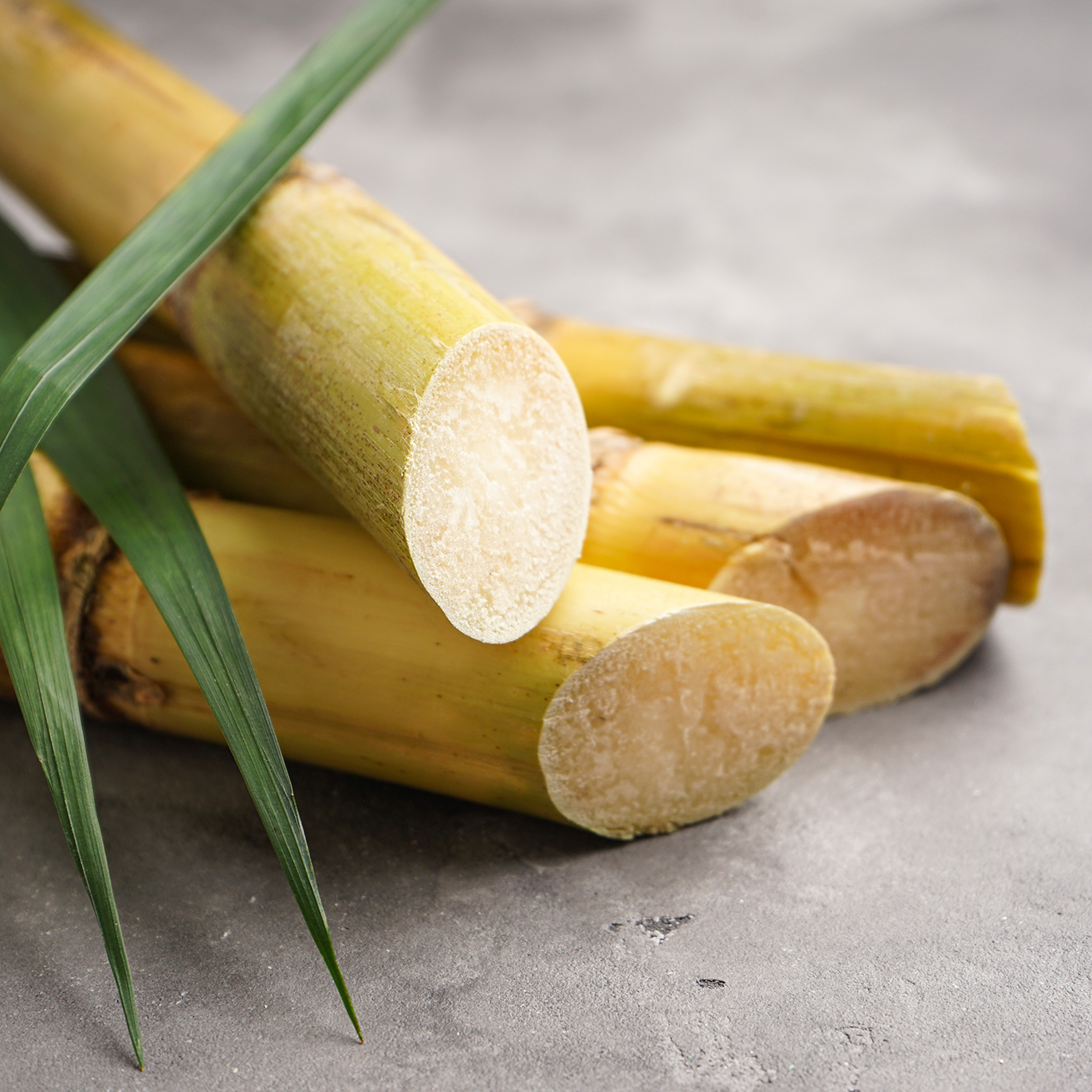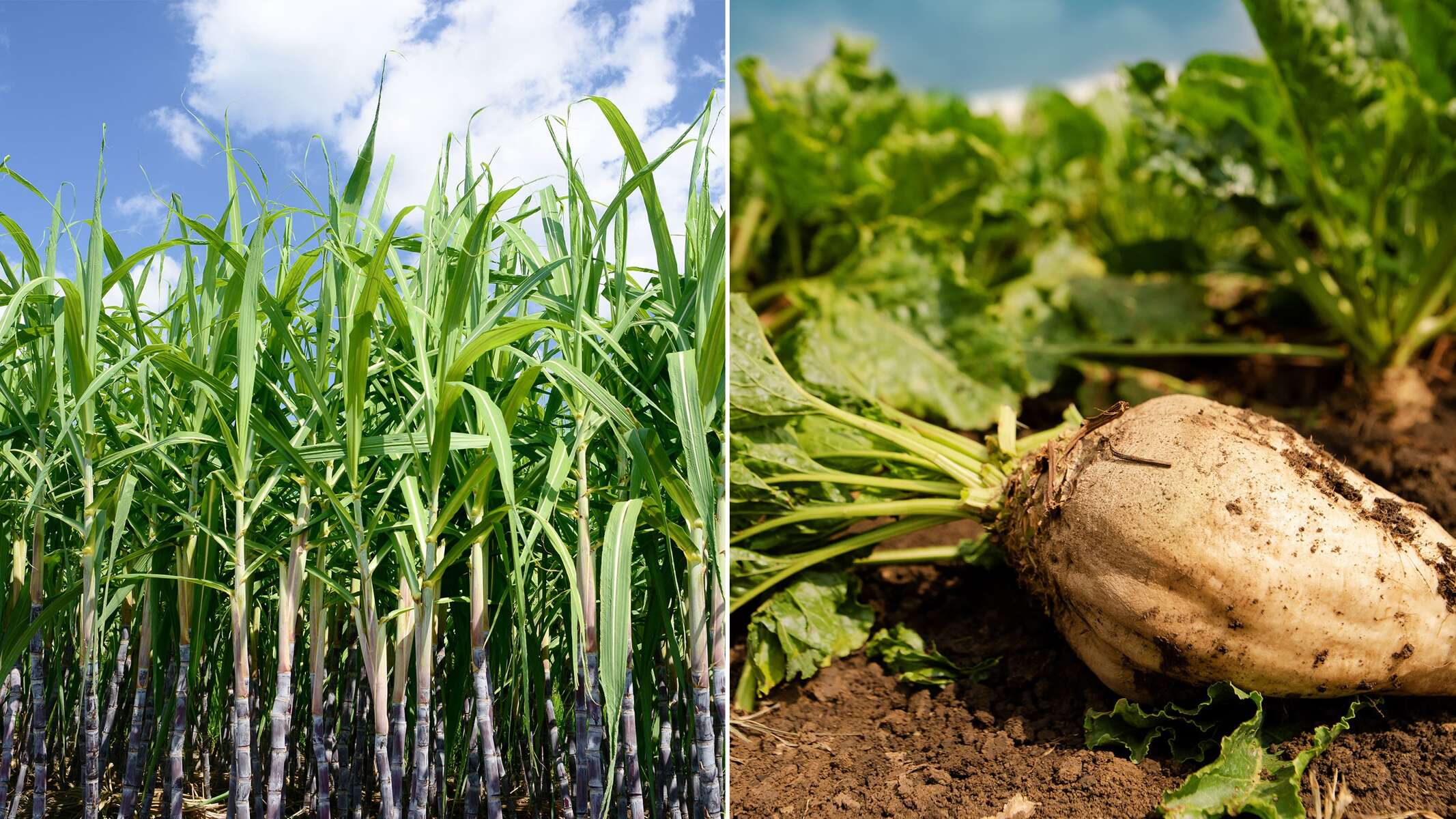How to decide between sugar beet vs sugar cane for local cultivation success
The Relevance of Sugar Beet Vs Sugar Cane: a Closer Take A Look At Their Manufacturing Processes and Applications
The relevance of sugar beet and sugar cane expands past their role as resources of sucrose. Each crop features unique producing processes that influence their applications across different markets. While sugar beet sustains not simply food production however likewise biofuels and plant foods, sugar cane primarily offers the food sector with useful byproducts. Understanding these distinctions discloses exactly how each plant shapes agricultural economic climates and sector practices worldwide, motivating more exploration right into their distinct payments.

Summary of Sugar Beet and Sugar Cane
Sugar beet and sugar cane are two main resources of sucrose, each with unique attributes and farming approaches. Sugar beet, an origin veggie, flourishes in pleasant environments - Sugar beet vs sugar cane. It is cultivated largely in the North Hemisphere and needs well-drained soil. The plant commonly grows to a height of regarding 18 inches, with a white, fleshy root containing about 15-20% sucrose. In contrast, sugar cane is a tropical grass that prospers in cozy, damp problems. It can reach heights of as much as 12 feet and contains tall, jointed stems that store sucrose concentrations varying from 10-15%. The farming of sugar cane is labor-intensive and commonly includes hands-on harvesting. Both crops work as vital agricultural commodities, giving raw products for sugar manufacturing and various byproducts. Their farming techniques substantially influence regional economic climates and global sugar markets, making them indispensable to the farming landscape
Gathering Methods for Sugar Beet and Sugar Cane
Harvesting strategies for sugar beet and sugar cane differ considerably as a result of the distinct characteristics of each crop. Sugar beet collecting normally utilizes specialized equipment called beet farmers, which efficiently uproot the beetroots from the dirt while reducing damages. These machines utilize a collection of blades to reduce the tops and lift the roots, making certain that the beetroots continue to be intact for processing.In comparison, sugar cane harvesting often includes two key methods: hands-on cutting and mechanical harvesting. Manual harvesting, still common in some regions, calls for employees to reduce the cane stalks by hand utilizing machetes. This approach enables discerning harvesting but is labor-intensive. Mechanical harvesters have actually gotten popularity, employing turning blades to reduce and gather the stalks swiftly. Both methods aim to enhance yield and high quality, with mechanical harvesting significantly adopted to meet rising production demands effectively.
Processing Techniques for Sugar Beet
After being gathered, sugar beetroots go through a collection of handling actions to remove sucrose effectively. The primary step includes washing the beets to remove dirt and impurities. Next off, the beetroots are cut right into slim strips understood as cossettes, which boosts the area for extraction. These cossettes are after that based on warm water extraction in a diffusion process, permitting sucrose to liquify into the water.Following extraction, the juice contains impurities and is made clear making use of lime and warmth to precipitate solids. The made clear juice is then concentrated via dissipation, eliminating excess water and enhancing sugar focus. To take shape the sucrose, the concentrated juice undertakes more dissipation and cooling, developing sugar crystals. These crystals are separated from the staying syrup through centrifugation, dried out, and packaged for distribution. This method guarantees a high yield of sucrose while maintaining the top quality of the last product.
Processing Techniques for Sugar Cane
Processing sugar cane includes a series of steps designed to extract sucrose effectively. The process begins with harvesting, where mature sugar cane is cut and transferred to refining facilities. Once at the mill, the cane undertakes washing continue reading this to get rid of contaminations. The next step is squashing, where mechanical rollers extract juice from the coarse stalks.This juice is then made clear using warmth and lime to get rid of put on hold solids and contaminations. Following explanation, the juice is evaporated to focus the sugar content, my site leading to a thick syrup. The syrup undergoes formation, where sugar crystals form as the syrup cools down. These crystals are divided from the staying molasses via centrifugation.Finally, the sugar is dried out and packaged for distribution. This extensive handling approach assurances that sugar cane generates a premium product, appropriate for numerous culinary and industrial applications, while taking full advantage of the removal of sucrose from the raw product.
Nutritional Differences Between Sugar Beet and Sugar Cane
The contrast in between sugar beet and sugar cane extends beyond their handling approaches to include substantial nutritional differences. Sugar beet has not only sucrose yet also a series of nutrients, including vitamin C, potassium, and magnesium. These nutrients contribute to its potential wellness benefits, such as supporting immune function and preserving electrolyte balance. On the other hand, sugar cane mostly offers sucrose with marginal degrees of necessary nutrients.Additionally, sugar beet has a greater fiber material, which can aid in digestion and promote satiety. The visibility of antioxidants in sugar beet might also supply protective results against oxidative stress and anxiety, a factor linked to various persistent diseases. While both resources are primarily used for sugar production, the nutritional profiles recommend that sugar beet might supply extra health advantages contrasted to sugar cane. This difference is crucial for customers looking for greater than just sweeteners in their diet regimens.
Applications of Sugar Beet in Numerous Industries
A selection of markets take advantage of sugar beet for its flexible applications beyond sugar manufacturing. In the food sector, sugar beet acts as an essential ingredient in producing numerous refined foods, including sweets and baked items, because of its natural sweet taste. Additionally, the pulp originated from sugar beet is made use of as pet feed, supplying a nutrient-rich source for livestock.In the biofuel industry, sugar beet is progressively recognized for its potential in generating bioethanol, adding to renewable resource remedies. The farming industry advantages his comment is here from sugar beet's by-products, which can be used as organic plant foods, enhancing soil wellness and fertility.Furthermore, sugar beet essences are used in pharmaceuticals and cosmetics, where they function as all-natural sweeteners and humectants. These varied applications highlight sugar beet's duty as a useful resource in boosting sustainability and development throughout several sectors, strengthening its relevance in modern-day manufacturing practices.
Applications of Sugar Cane in Numerous Industries

Frequently Asked Concerns
What Environmental Influences Are Related To Sugar Beet and Sugar Cane Manufacturing?
The environmental effects of sugar beet and sugar cane production include soil deterioration, water use, chemical application, and habitat disruption. These variables add to ecological imbalances, raising issues regarding sustainability in agricultural practices connected with both crops.

Just How Do Sugar Beet and Sugar Cane Contrast in Regards To Economic Practicality?
The financial stability of sugar beet and sugar cane differs based upon elements like geographic place, manufacturing prices, and market need - Sugar beet vs sugar cane. Both crops offer distinct benefits, influencing farmers' choices regarding growing and financial investment in various areas
What Are the Key Regions for Sugar Beet and Sugar Cane Cultivation?

Exactly How Does Environment Influence the Development of Sugar Beet and Sugar Cane?
Environment significantly affects the development of sugar beet and sugar cane. Sugar beetroots grow in cooler temperature levels, while sugar cane requires cozy, tropical conditions. Sugar beet vs sugar cane. Both crops depend upon appropriate rains and sunshine for perfect advancement and return
Exist Any Considerable Health And Wellness Problems Related to Consuming Sugar From These Sources?
Health and wellness concerns related to sugar usage include weight problems, diabetic issues, and heart problem. Both sugar beet and sugar cane-derived sugars can add to these concerns, specifically when eaten in extreme amounts, regardless of their source.